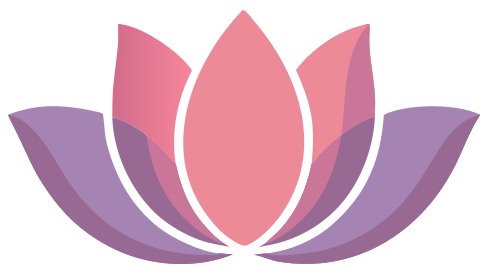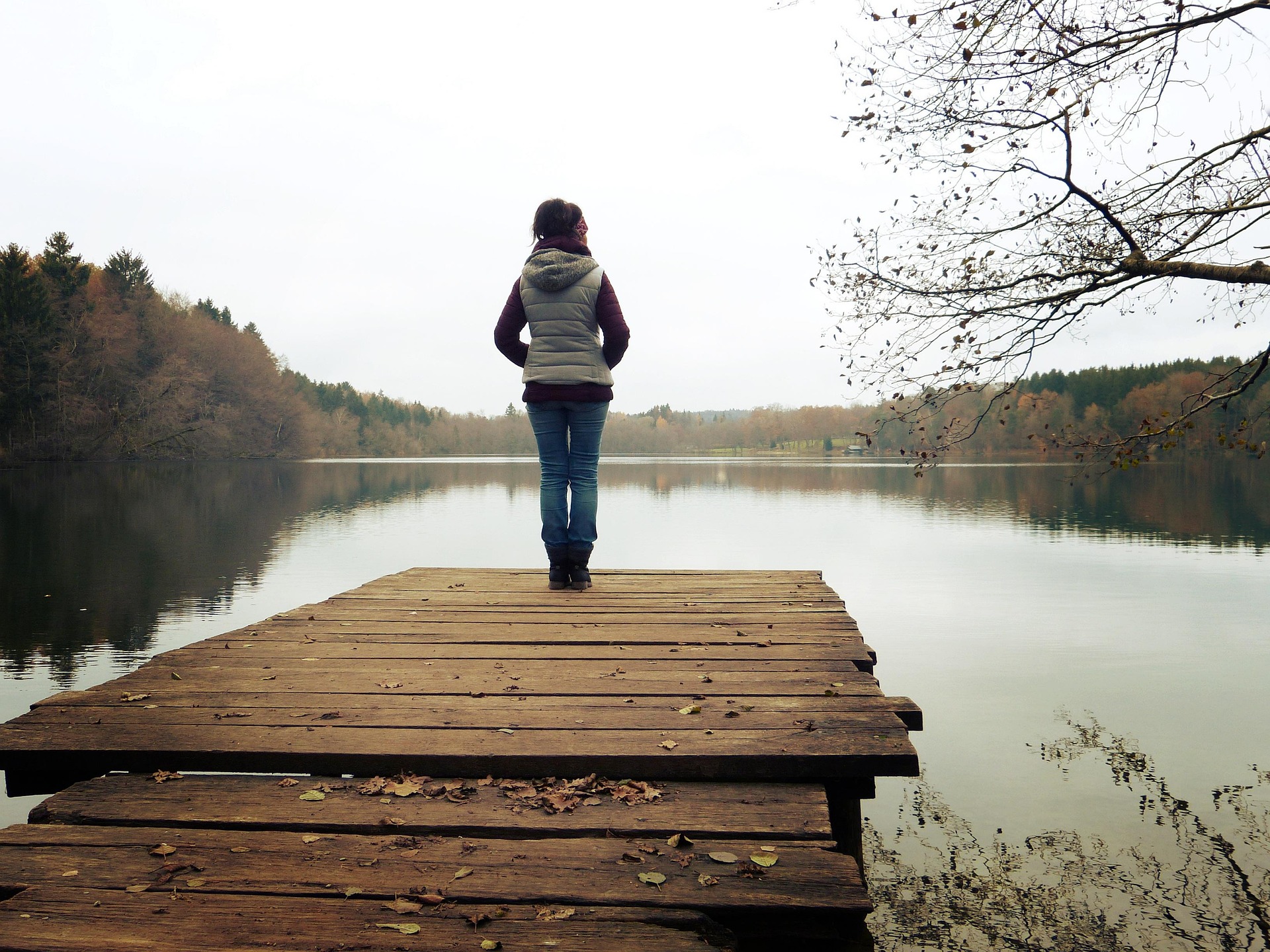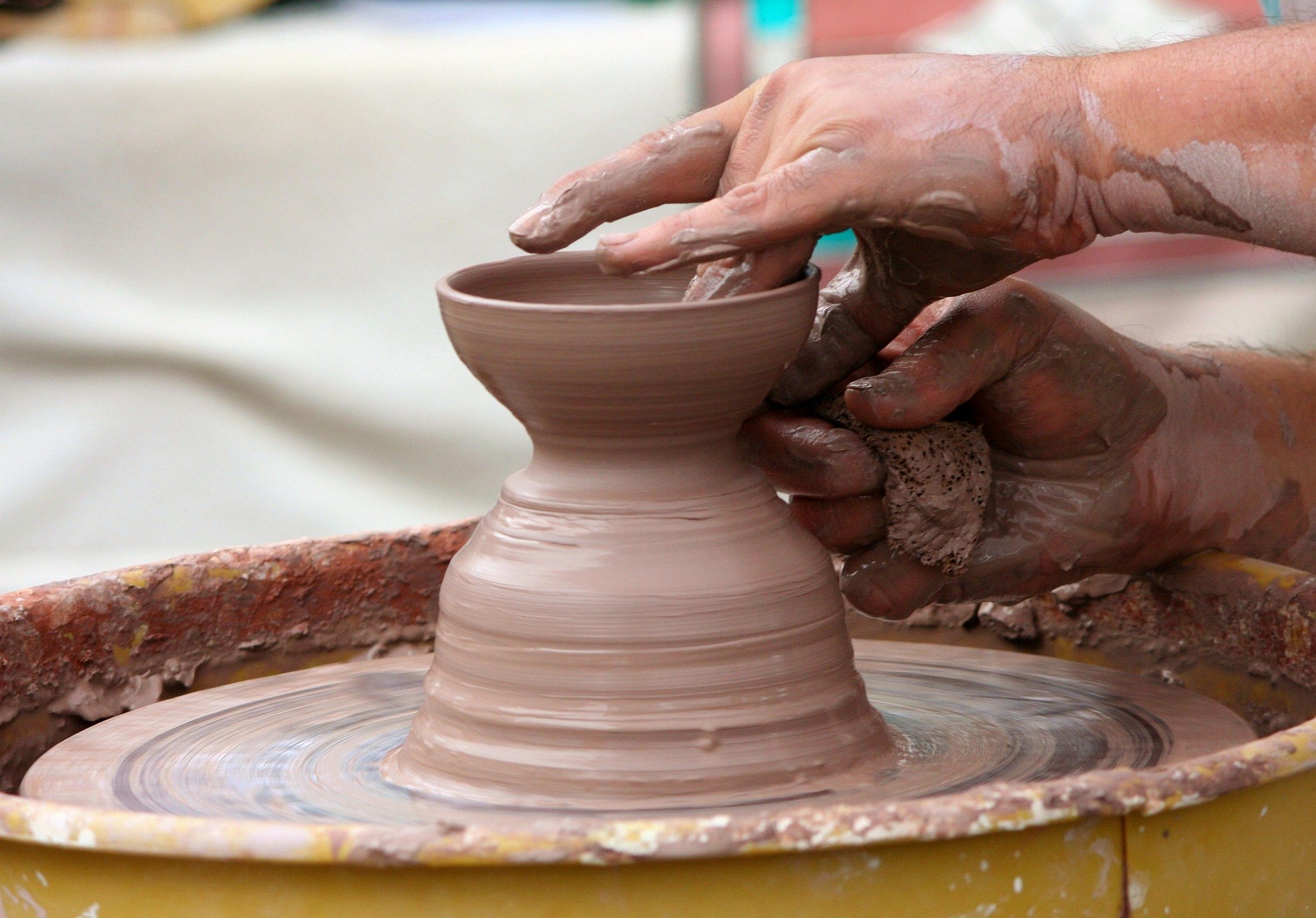A woman lies on the massage mattress. The session has been gentle, slow, and focused on breath and presence. My hands rest on her shoulder, nothing intense, nothing forced, just contact, warmth, stillness.
And suddenly, she begins to cry.
Not soft tears. Deep, shaking sobs that seem to come from somewhere ancient. From a place she didn’t know existed.
“I don’t know why I’m crying,” she says between breaths. “Nothing sad happened. I’m not upset. I just… I don’t know.” But her body knows.
The body always knows.
What We Store in Our Flesh
We like to think we process our experiences as they happen. Something difficult occurs, we feel it, we move through it, and we move on.
But that’s not how it works. The body keeps score. It remembers what the mind forgets, or what the mind never allowed itself to fully feel in the first place.
Every unexpressed emotion, every swallowed word, every moment you had to “be strong” or “hold it together”, your body absorbed it. Stored it. Held it for you until you were ready to feel it.
It’s physiology. Trauma, stress, grief, fear, even joy that was too much to feel fully, all of it gets encoded in your tissues, your fascia, your muscles, your nervous system. The body becomes a library of unfinished emotional business. And it waits.
You might wonder why the body doesn’t just release emotions automatically. Why hold onto them? Because at the time, holding on was survival. When you were a child and it wasn’t safe to express anger, your body learned to tighten, to contain, to hold it in. When you experienced loss but had to keep functioning, your body created armour, tension patterns that helped you not feel too much, too fast.
Your body wasn’t betraying you. It was protecting you. The problem is, the body doesn’t know when the danger has passed. It keeps holding, keeps bracing, keeps guarding, long after the original threat is gone.
That chronic tension in your shoulders? It might be carrying the weight of responsibilities you took on decades ago. That tightness in your chest? It might be holding back words you never got to say. That numbness in your pelvis? It might be protecting you from vulnerability you once couldn’t afford to feel.
The body never lies. But it also never forgets.
When the Body Begins to Speak
When you begin to work with the body consciously, through massage, breathwork, movement, or any practice that invites deeper presence, something happens. The body starts to speak.
Not in words, but in sensations, emotions, images, memories. Things you thought you’d processed. Things you didn’t know were there. Things you’ve been carrying for years without realising it.
This is called somatic release, the body’s natural process of letting go of what it’s been holding. It can look like crying, not because you’re sad in this moment, but because grief that was never fully felt is finally finding its way out. It can be shaking or trembling, the nervous system discharging stored stress and trauma. Sometimes it’s laughing, inappropriately even, as joy or hysteria releases. Or a flash of rage that seems to come from nowhere. Sudden exhaustion as the body finally relaxes after years of bracing. Tingling, heat, or waves of energy moving through numb places. Memories surfacing, images, feelings, or moments you haven’t thought about in years. Or deep peace, a profound settling, as if something that’s been clenched for decades finally lets go.
None of this is “bad” or “wrong.” It’s the body doing what it was designed to do: complete the emotional cycles that were interrupted.
You might expect this during therapy or after a traumatic event. But why during a massage? Why, when someone is simply touching your shoulder, your leg, your back? Because conscious touch is a doorway. When someone touches you with presence, without agenda, without trying to fix or change you, your nervous system receives a message: it’s safe now. You can let go.
The body has been waiting for this permission. Waiting for a moment when it’s held, witnessed, and safe enough to release what it’s been carrying. And sometimes, all it takes is one gentle hand on the right place, at the right time, with the right quality of presence, and the dam breaks.
This is why tantric massage, or any form of conscious bodywork, can be so powerful. It’s not about the technique. It’s about creating a container safe enough for the body to finally tell its truth.
The Body’s Geography of Emotion
While everyone’s experience is unique, certain areas of the body tend to hold specific emotional patterns. The shoulders and neck often carry responsibility, burden, the weight of “carrying” others or situations, the chronic tension of trying to hold it all together. The jaw and throat hold unspoken words, suppressed voice, swallowed anger, the things you wanted to say but couldn’t or wouldn’t allow yourself to.
The chest and heart are where we store grief, loss, and unexpressed love. This is the armour we build around our hearts to protect ourselves from feeling too much. The solar plexus, that upper belly area, holds power, control, shame—the place where we keep fear of judgment, of not being enough, of losing control.
The hips and pelvis often hold the deepest wounding, sexuality, creativity, trauma, and pleasure. This area is especially tender for those who’ve experienced violation or have suppressed their aliveness and desire. And the legs and feet carry our relationship to grounding, safety, the ability to move forward or run away. They hold stored flight-or-fight responses that were never completed.
These aren’t fixed rules; your body stores things in its own way. But if you’ve ever wondered why a certain area always feels tight, numb, or painful, it might be holding something more than just physical tension.
Learning to Listen
You don’t need a massage therapist or bodyworker to begin this conversation with your body. You can start listening right now.
Try lying down somewhere comfortable and quiet. Close your eyes and take a few deep breaths. Begin at the top of your head and slowly scan down through your body. Don’t try to change anything, just notice. Where do you feel tension? Where do you feel nothing at all? Where does your attention want to linger?
If an area calls to you, place your hand there. Breathe into it. Ask silently: What are you holding? What do you need to tell me? Don’t force an answer. Just listen. Be patient. Sometimes an emotion arises. Sometimes a memory. Sometimes just sensation. Whatever comes, receive it without judgment.
The body speaks in whispers before it screams. Learning to listen when it whispers can prevent years of pain.
If emotions arise during bodywork, movement, or quiet moments of presence, let them. Don’t stop the tears. Let the shaking happen. Let the anger move through. Keep breathing, even when it’s intense; breath carries emotion through and out. Make sound if you need to: sighing, groaning, crying aloud. Sound helps release what’s stuck.
And here’s the important part: don’t create a story. You don’t need to understand why you’re crying or what it’s about. Just let it move. Trust the process. Your body knows what it’s doing. It’s been waiting for this release. Somatic release isn’t dangerous. It’s healing. It’s your body finally completing something that began long ago.
What Comes After
After a somatic release, whether it’s tears, shaking, or simply a deep letting go, people often describe feeling lighter, as if they’ve set down a weight they didn’t know they were carrying. There’s more spaciousness, room inside them that wasn’t there before. They feel tired because the body needs rest after releasing stored energy. Vulnerable, because armour has dropped, and that can feel tender. But also strangely peaceful, with a quiet that comes after a storm. And more alive, sensation, emotion, and presence where there was once numbness.
This is what healing looks like. Not always comfortable. Not always neat. But real.
The body doesn’t need to be fixed. It needs to be heard. It doesn’t need someone to push through its tension or force it to relax. It needs someone to create space for it to release in its own time, in its own way.
Your body isn’t broken. It’s brilliant. It’s been doing exactly what it needed to do to keep you functional, to keep you safe, to keep you alive. And now, if you’re willing to listen, if you’re willing to feel, to be present, to let the body speak its truth, it can also let go.
The body never lies. It’s been holding your truth all along, waiting for you to be ready to hear it.
An Invitation to Begin
You don’t need to be on a massage table to start this conversation with your body.
You can begin today:
- Notice where you hold tension
- Place your hand there with compassion
- Breathe into that place
- Listen
Ask your body: What are you holding? What do you need me to know?
And then—this is the hardest part- be willing to feel the answer.
Not to fix it. Not to make it go away. But to finally, fully, feel it.
Because the only way out is through. The only way to release what’s stored is to let it be felt, witnessed, and completed.
Your body has been carrying this for you. Maybe it’s time to let it finally speak.
The body is not just a vessel. It’s a witness, a record keeper, a truth-teller. Every moment you’ve ever lived is written in your flesh. And when you’re finally ready to listen, it will tell you everything you need to know.
Namaste
—
Image by Andrew Apodaca



